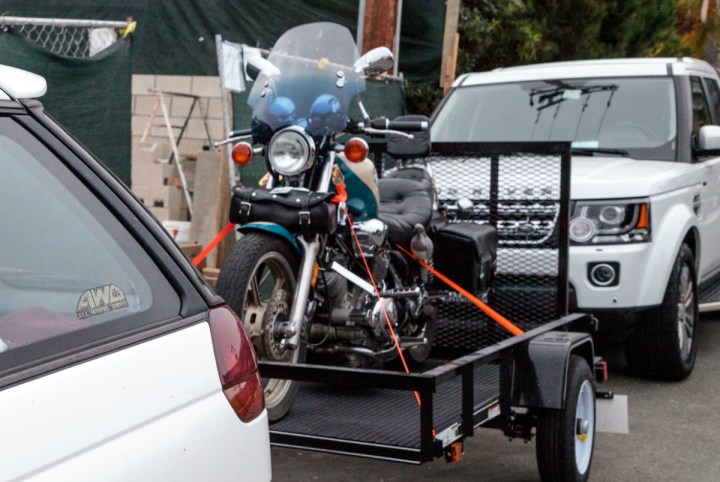
If you work or have your own business, it can be tough to schedule time to attend even one of the rallies, especially if it takes several days to ride your motorcycle to and from the events.
UShip’s motorcycle shipment listing page lets you input your bike’s year, make, and model. You can specify whether or not it is operable, if it has an attached sidecar, or if it’s a trike. There’s also a spot to indicate whether your motorcycle has custom parts or anything else that measures different from a stock model. Next, specify pickup and delivery locations and submit the listing to get bids from prospective truckers or other qualified shippers who are willing to transport your ride.
Bikers who want to attend the rallies may balk at first at the idea of shipping a bike. After all, the journey matters as much as the destination, right? That fits the motorcycling ethos, but depending on the timing and location of the rally or event, riding to and from events could take as long as a week or more each way.
The major motorcycle events include Sturgis Motorcycle Rally in South Dakota in August, while Daytona Bike Week runs Florida in March, and then in June, Laconia Motorcycle Week roars into New Hampshire.
Myrtle Beach Bike Week is held twice a year in South Carolina in May and October. Rolling Thunder is held in remembrance of military veterans in many areas, but the largest assembly is in Washington, D.C. on Memorial Day weekend. The Republic of Texas (ROT) Biker Rally takes place in Texas in June.

The average distance motorcyclists have shipped their bikes via UShip has been between 1,300 and 1,400 miles for the past several years.
Harley-Davidson has long had major presences at motorcycle rallies, but Harleys aren’t the only bikes shipped. Specific Yamaha, Suzuki, and Honda models are the most frequently shipped.

Weighing the financial and time costs of shipping your bike to and from an event versus riding yourself are an individual matter. When you ship your bike, weather and personal safety aren’t the same concerns as when you ride. By shipping your bike, you also won’t arrive at an event worn out and tired from days of hard riding.

UShip provided a graphic with typical shipping charges to Sturgis, South Dakota to show representative shipping costs.
If your bucket list includes hitting all the major motorcycle rallies with your bike at least once, it looks like UShip could help by saving weeks of riding time.



